Count Alexander Sergeevich Stroganov was a constant interlocutor of the Empress Elizabeth Petrovna. In 1761 he was sent to the Austrian court and here he received the count’s dignity. In
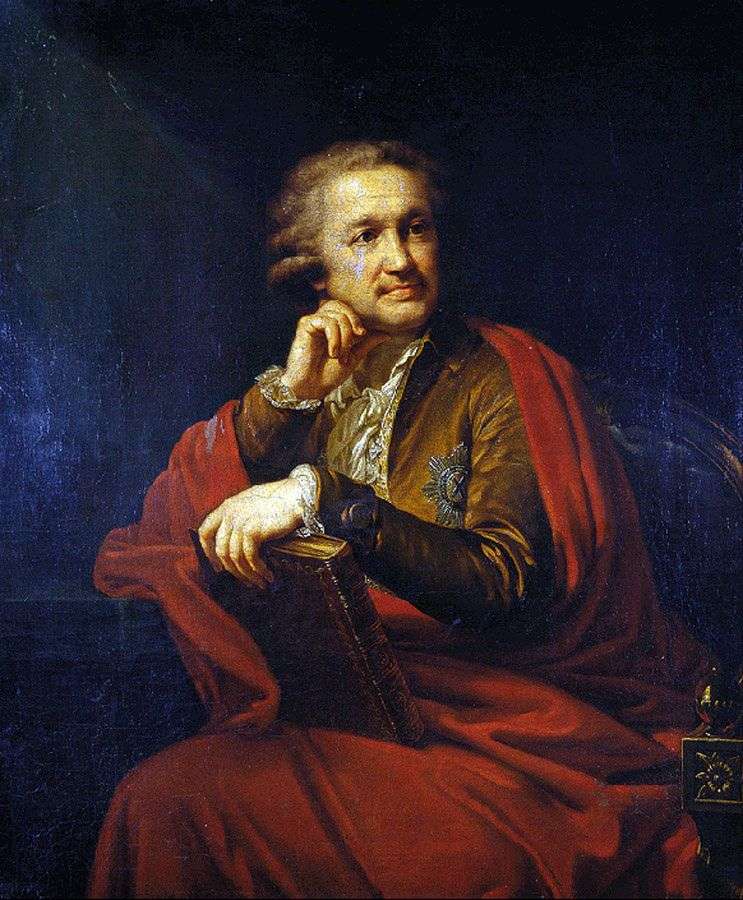

Count Alexander Sergeevich Stroganov was a constant interlocutor of the Empress Elizabeth Petrovna. In 1761 he was sent to the Austrian court and here he received the count’s dignity. In
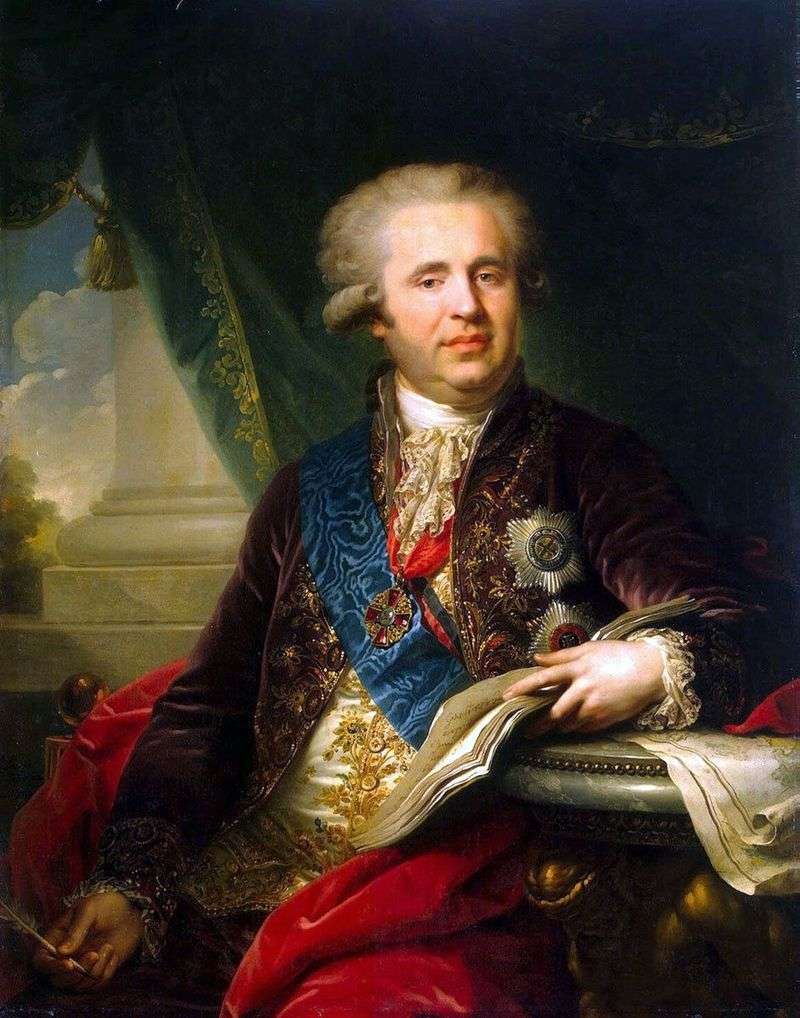
Prince Alexander Andreevich, statesman, educated at the Kiev Academy. From 1765, Bezborodko was enrolled in the comrades-in-arms and was appointed governor of the office of the Little Russian Governor-General, Count
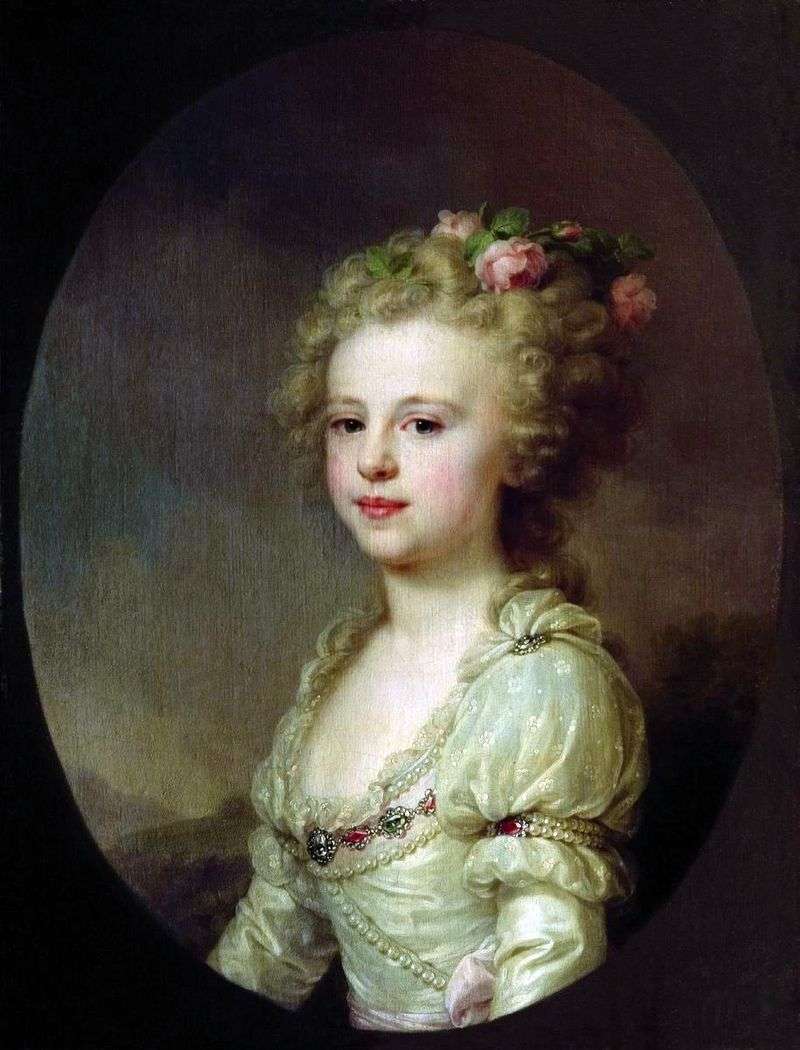
Alexandra Pavlovna, Grand Duchess, Palatina of Hungary, the daughter of Emperor Paul I and his wife Maria Fedorovna, was born in St. Petersburg. July 29, 1783, was engaged to the
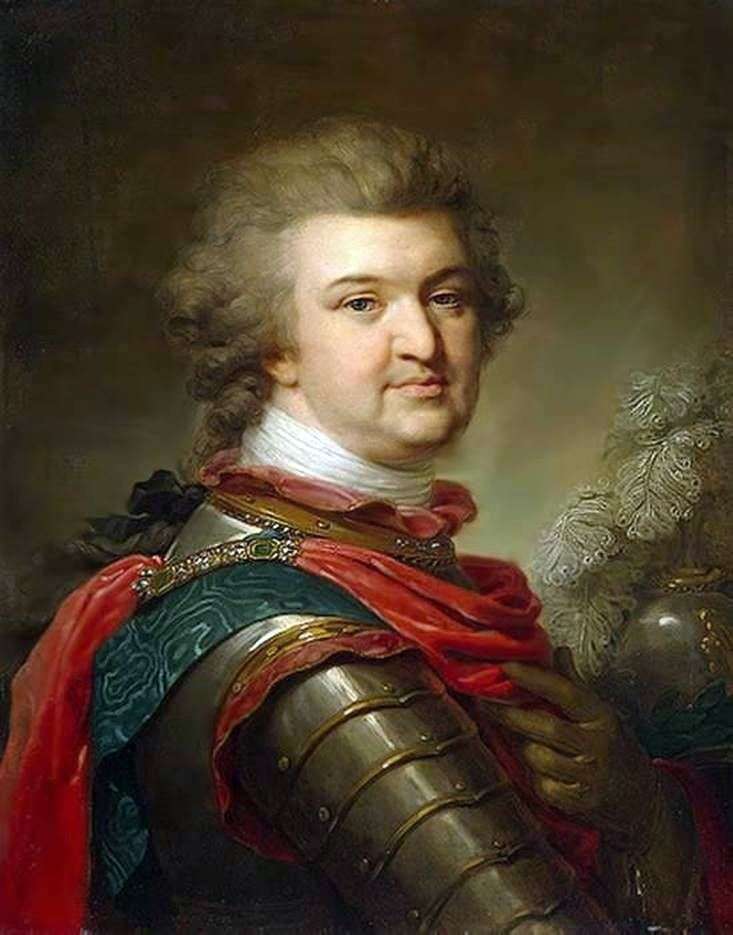
Potemkin – the famous figure of the Catherine era. He was born in the village of Chizhev, near Smolensk, early lost his father, raised by his mother, later a stats
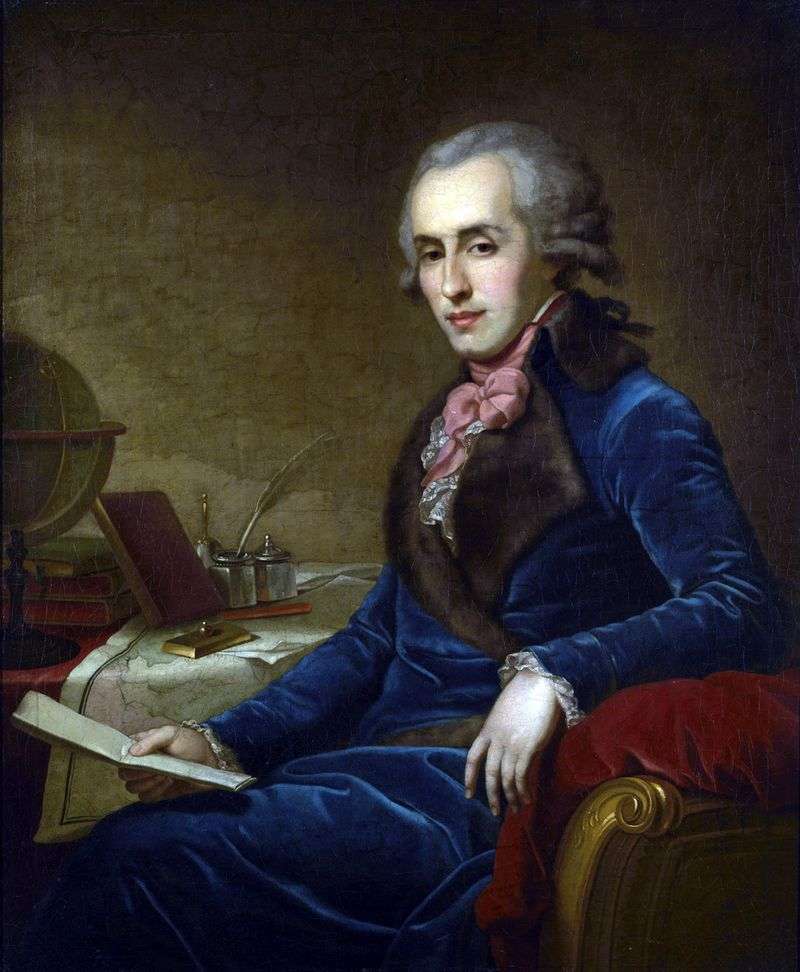
Zubov Platon Alexandrovich – the last favorite of Empress Catherine II. A man of a close mind and poorly educated, but prominent in himself and fluent in French, Zubov began
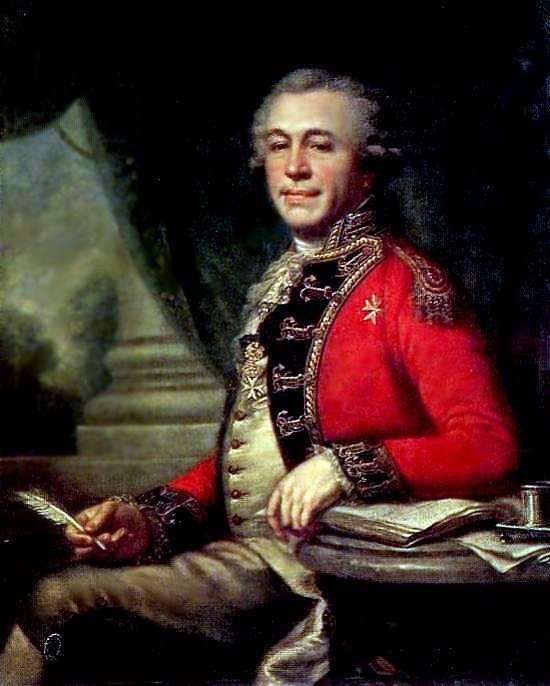
Count Ivan Lazarevich Lazarev – founder of the Institute of Oriental Languages in Moscow, a major statesman close to the Russian court, who played a prominent role in the development
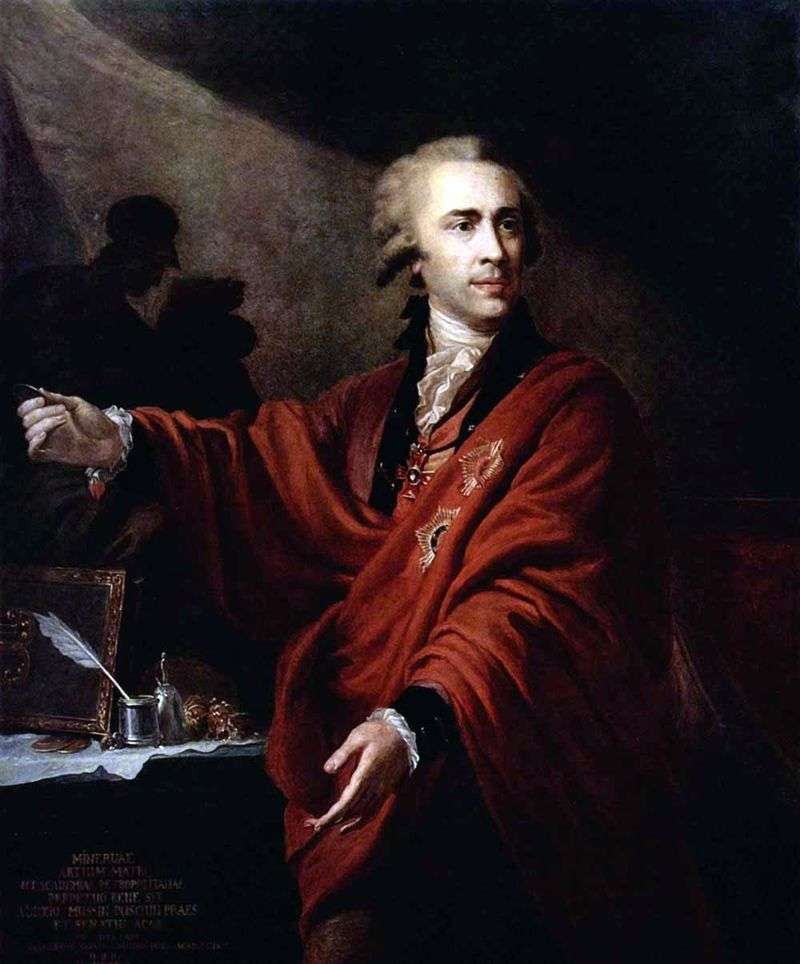
Count Alexei Ivanovich, a famous archaeologist, a member of the Russian Academy; was chief procurator of the Holy Synod, president of the Academy of Fine Arts and senator. The first
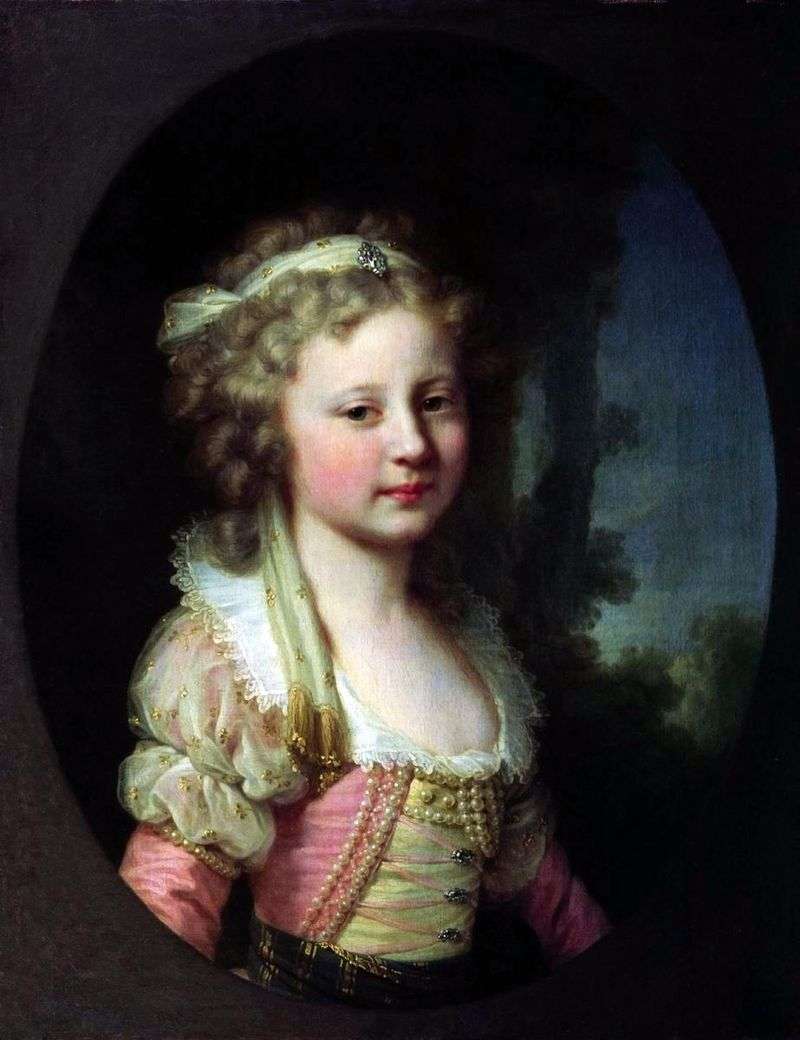
Elena Pavlovna had an unenviable fate. She was the second daughter of Emperor Paul 1 and was born on December 13, 1784. “This little one is of extraordinary beauty,” Catherine

Yusupov Nikolay Borisovich, prince, statesman; from 1783 to 1789 was a messenger in Turin, then a senator; Emperor Paul I made him the Minister of State, and Alexander I –
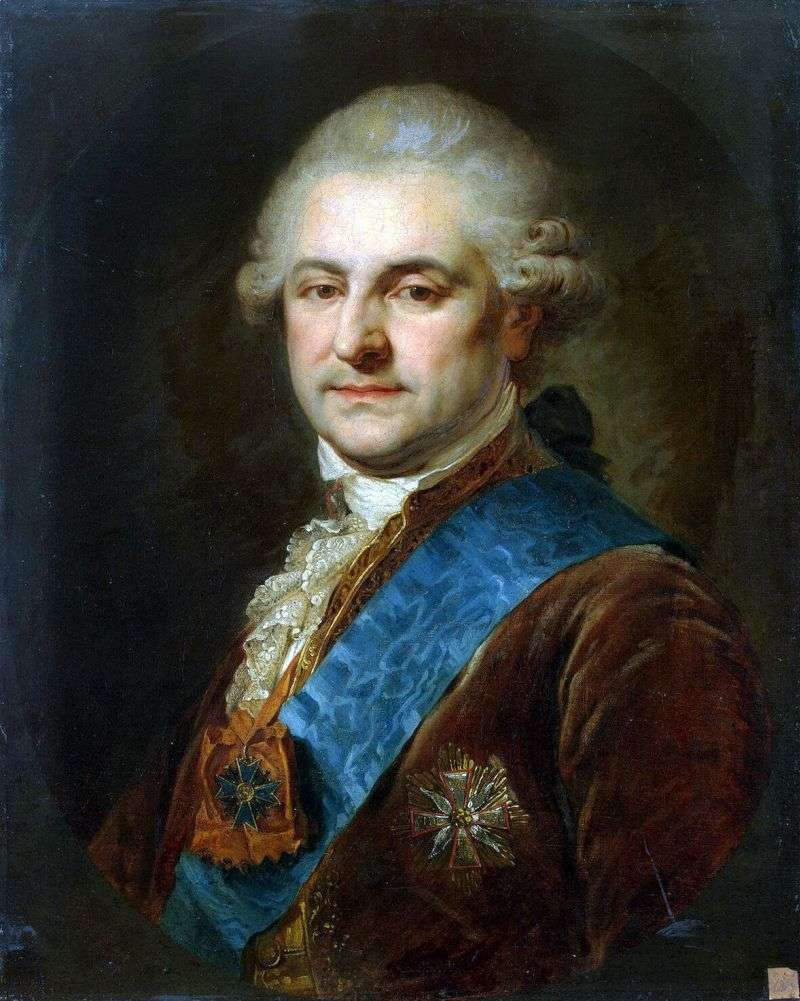
Poniatowski Stanislav August – the last Polish king. In 1757-62 was the Polish-Saxon ambassador to Russia. He was elected king with the support of Catherine II and Prussian king Frederick